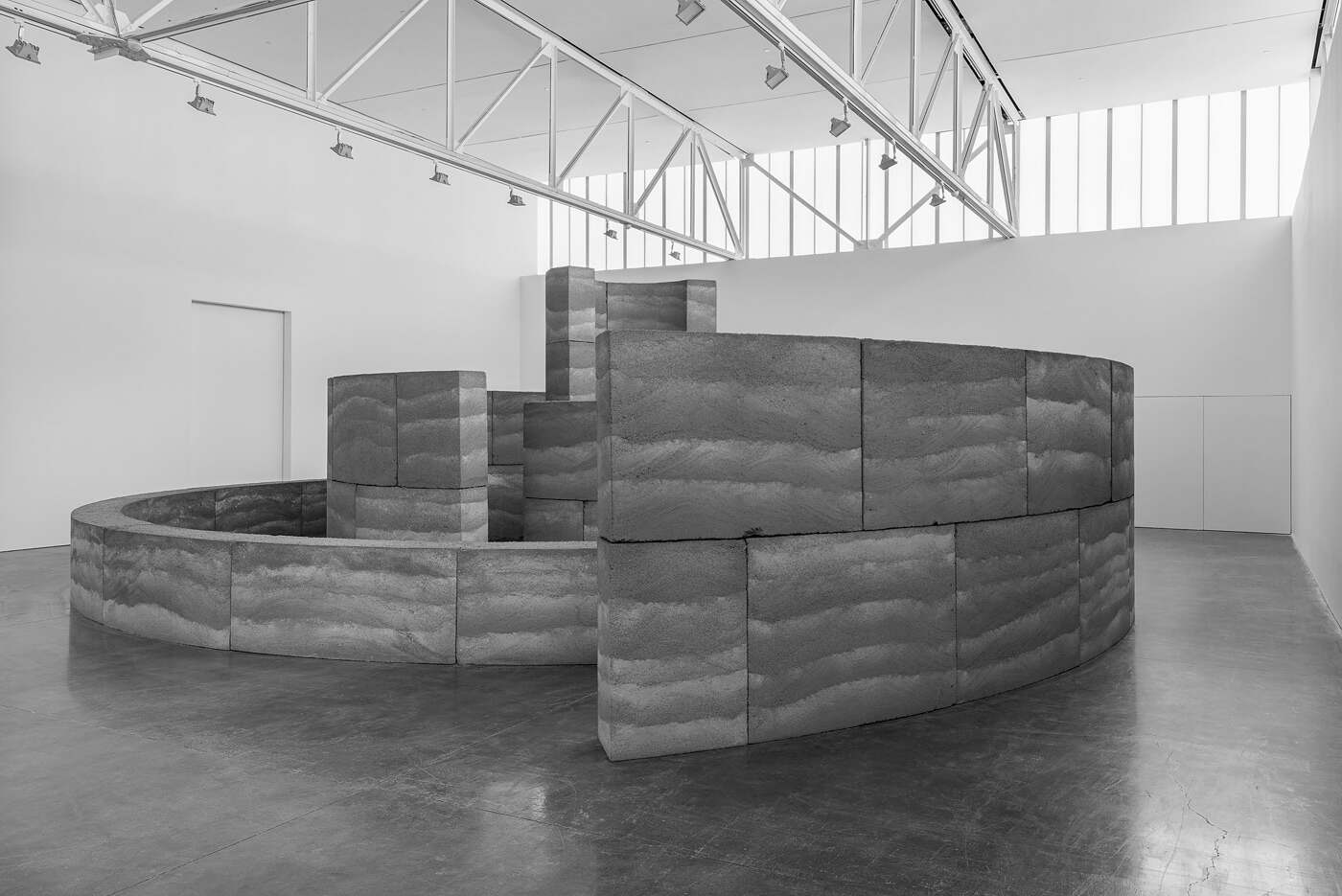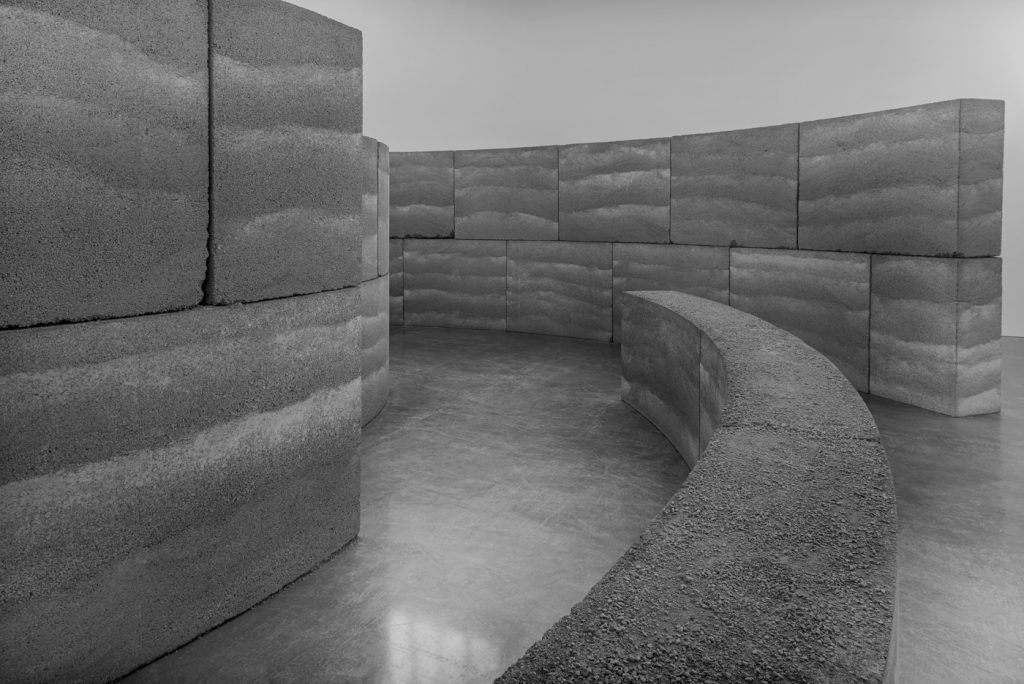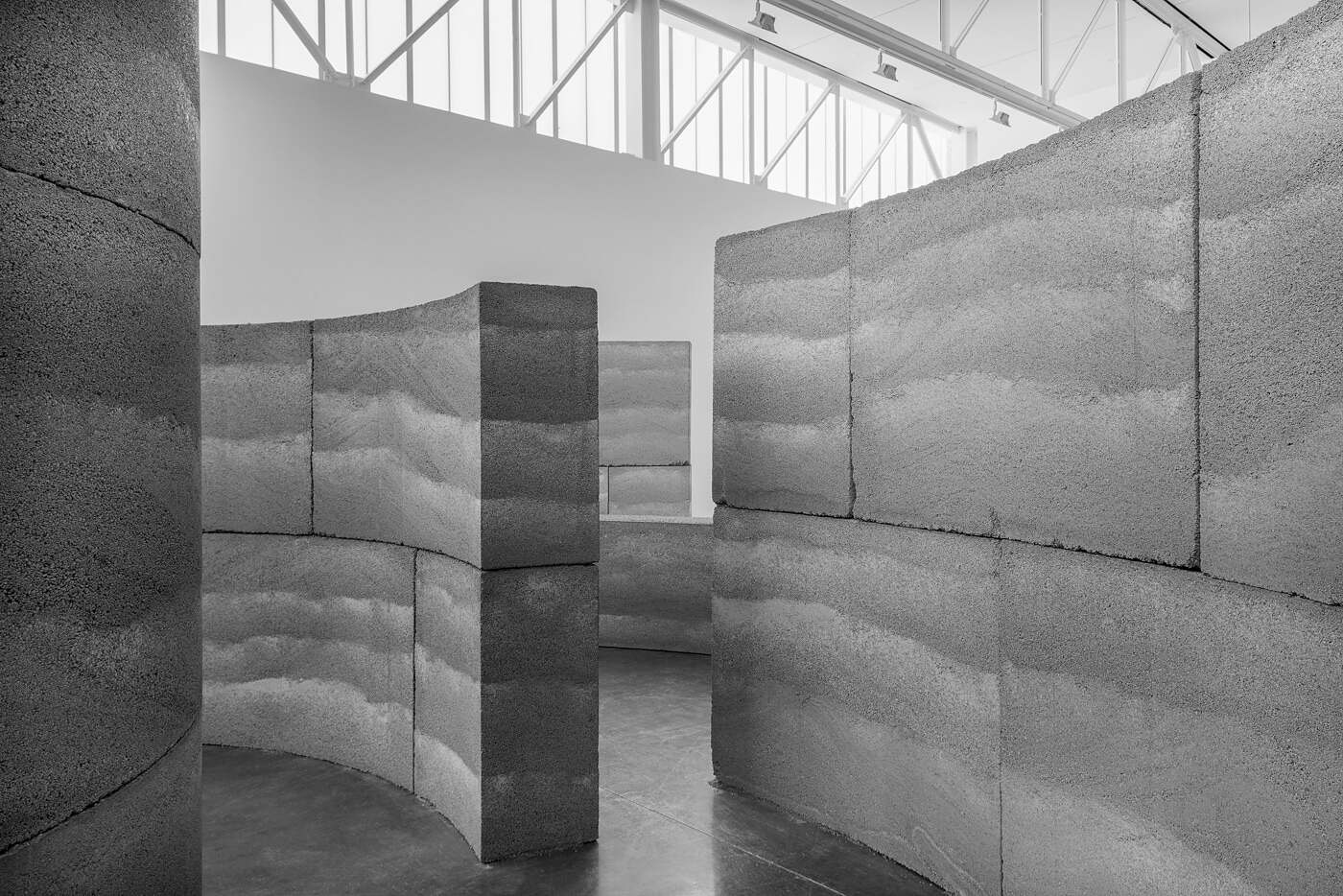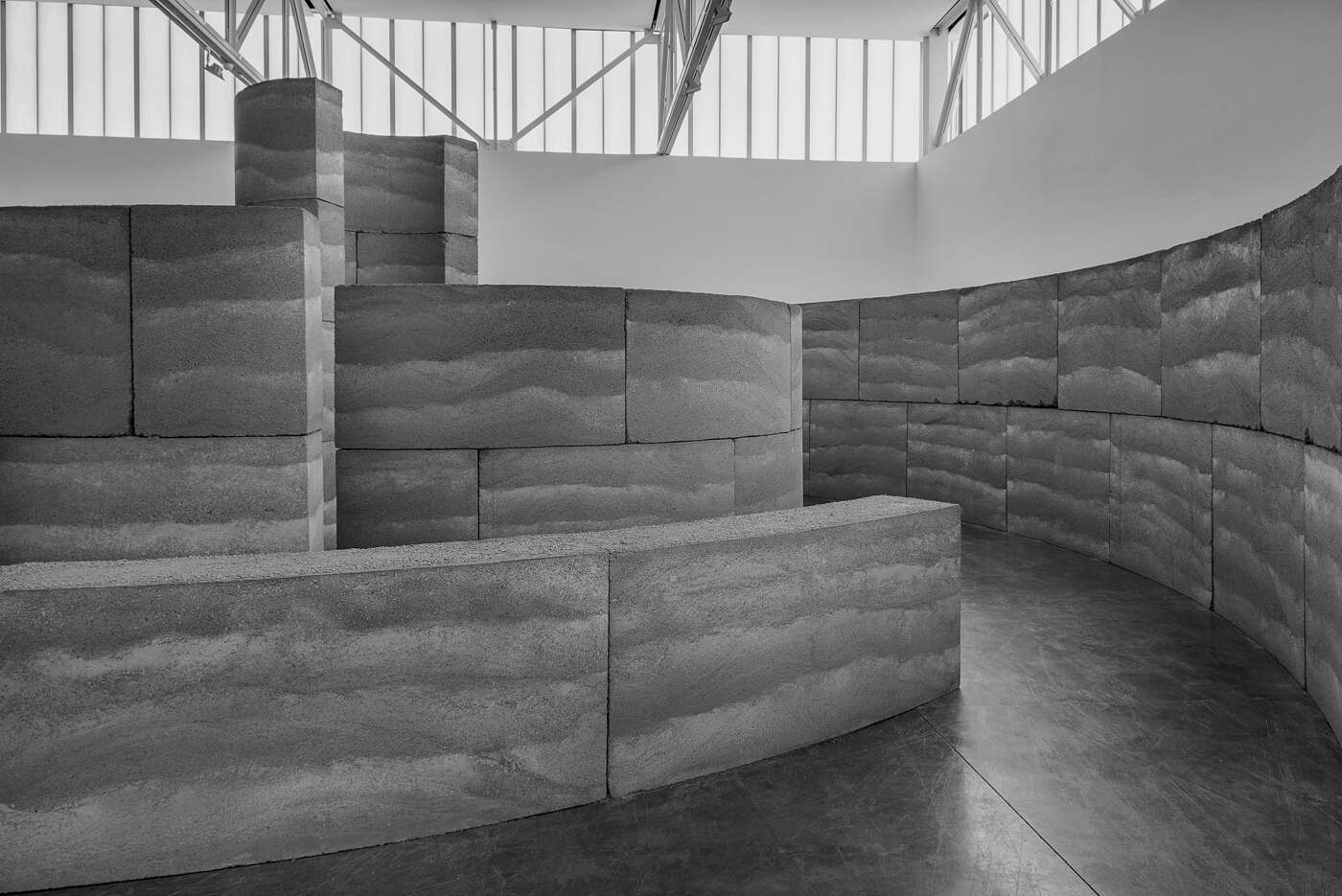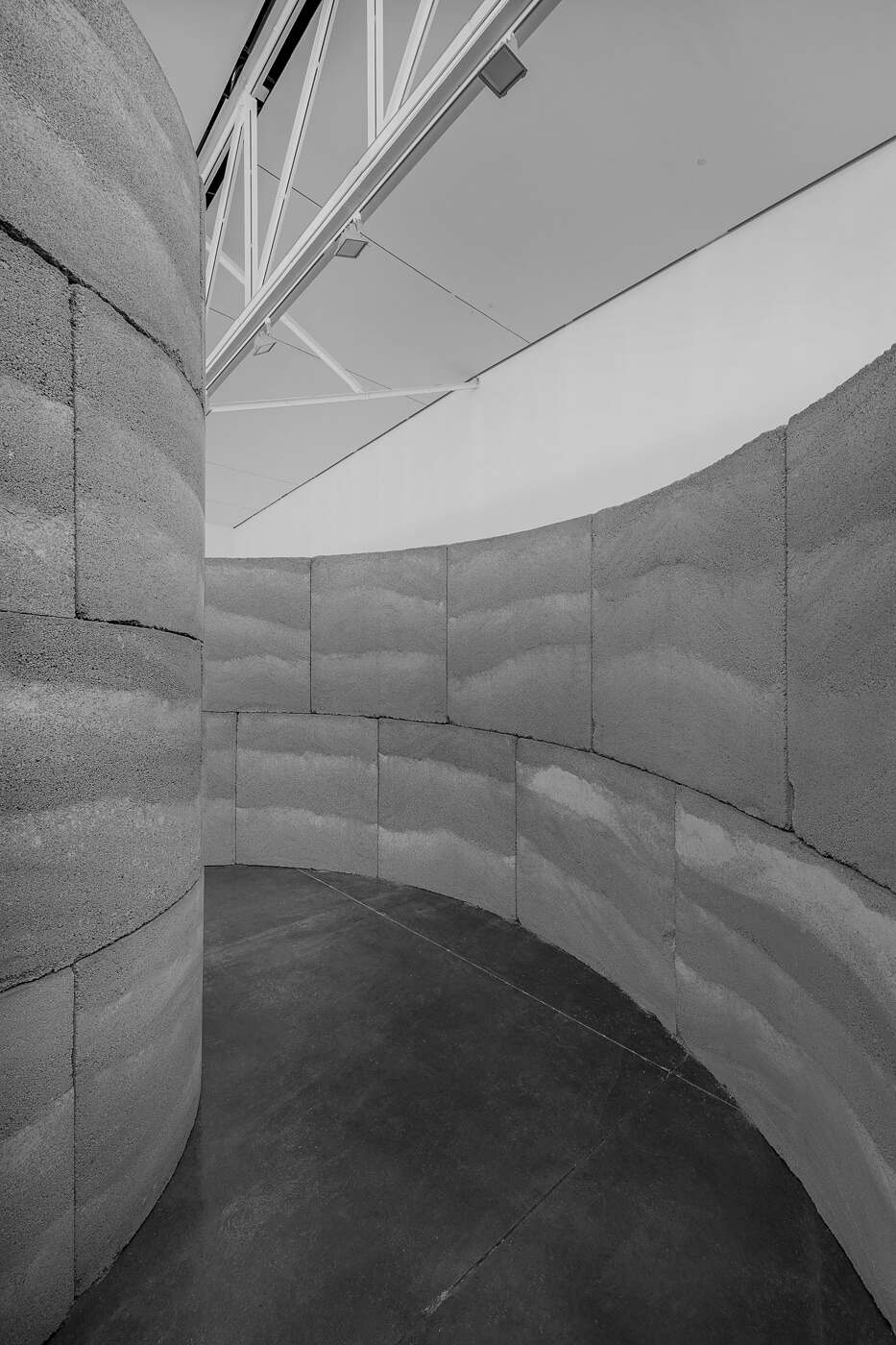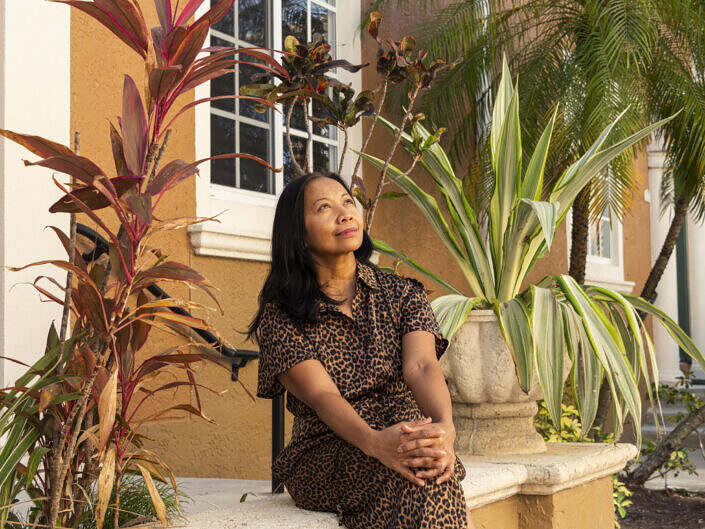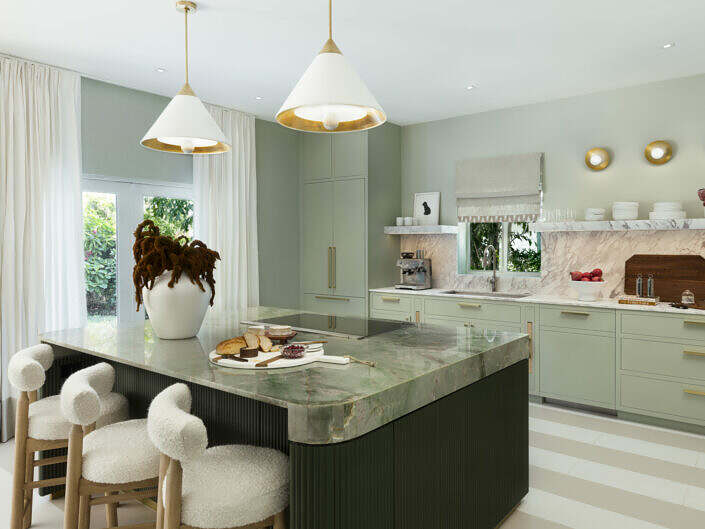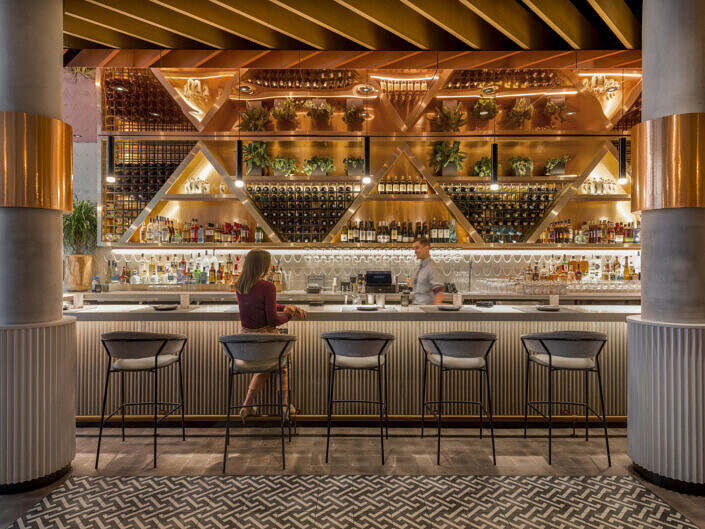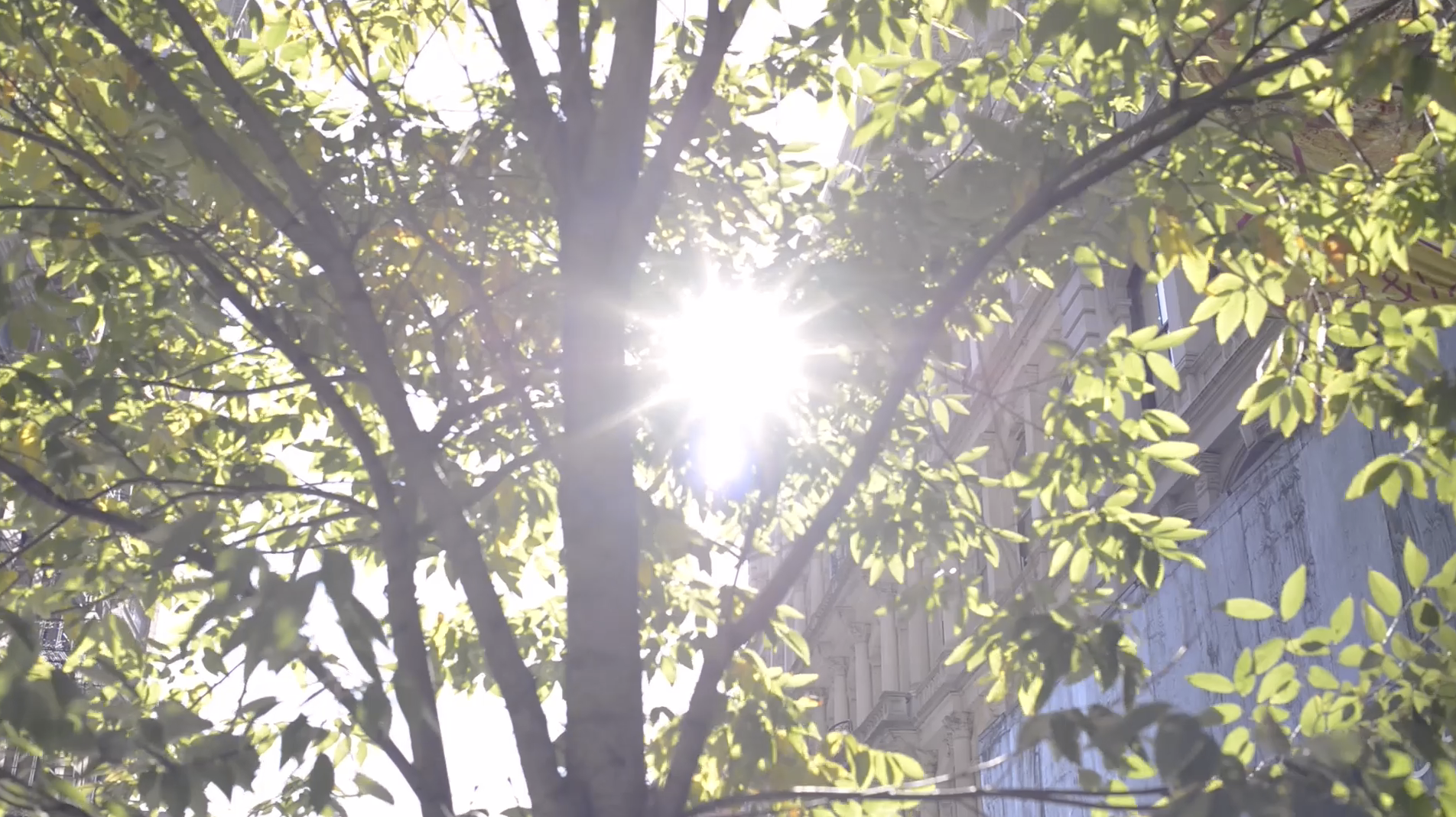Asaase
In 2021, I spent an intense week documenting the assembly of Asaase, David Adjaye’s first large scale autonomous sculpture, at Gagosian Gallery in Manhattan, commissioned by Digifabshop. This immersive project encompassed architectural photography, candid moments, and video coverage. An opportunity that immersed me in the work’s architectonic and emotional interplay.
Rammed earth is one of the oldest and most sustainable building techniques in human history, dating back thousands of years in regions such as China, Africa, and the Middle East. It involves compacting a mixture of damp soil, clay, sand, gravel, and sometimes stabilizers like lime or cement into formwork, layer by layer, to create solid walls. Once dried, these walls are incredibly durable, load-bearing, and thermally efficient.
It regulates indoor temperature naturally, thanks to its high thermal mass, keeping interiors cool during hot days and warm at night.
Since it relies primarily on locally sourced soil, it has a very low carbon footprint compared to concrete or steel.
Asaase was unveiled at the Gagosian Gallery in New York from June 24 to August 13, 2021, as part of the Social Works exhibition curated by Antwaun Sargent. The title comes from the Twi word for “earth,” and the work is rooted in David Adjaye’s reflections on Black architecture and its deep connection to the ground beneath us.
The structure itself was built from more than 60 tons of rammed earth. A mixture of crushed limestone, schist, water, and cement. Its layered walls, rich in texture and color, carry both a geological and cultural weight. The design draws inspiration from historic West African architecture, such as the Tiébélé royal complex in Burkina Faso and the walled city of Agadez in Niger.
Walking through its maze of earthen walls that spiral toward a conical peak, visitors are invited into an experience that feels at once ancient and contemporary. Asaase is less a sculpture to be observed than a space to be entered. A sensory meditation on memory, community, and place.
The assignment extended over a full week, during which I followed the team as they built the structure with remarkable precision and dedication.
My role combined photography, candid documentation, video, and timelapse. Capturing both the physical labor of construction and the quiet, intricate details that brought the project to life. It was fascinating to witness the amount of work and care invested in shaping this earthen labyrinth, where every layer of rammed earth carried not only material weight but cultural resonance.
When the installation was finally complete, I turned my lens to the finished work. Walking its nested paths while photographing the exhibition, I experienced the immersive silence of the space. The walls seemed to absorb sound, guiding visitors inward through a meditative journey of texture, shadow, and form. In that final moment, Asaase revealed itself not just as a structure, but as an emotional architecture, one that holds memory, community, and earth itself.
